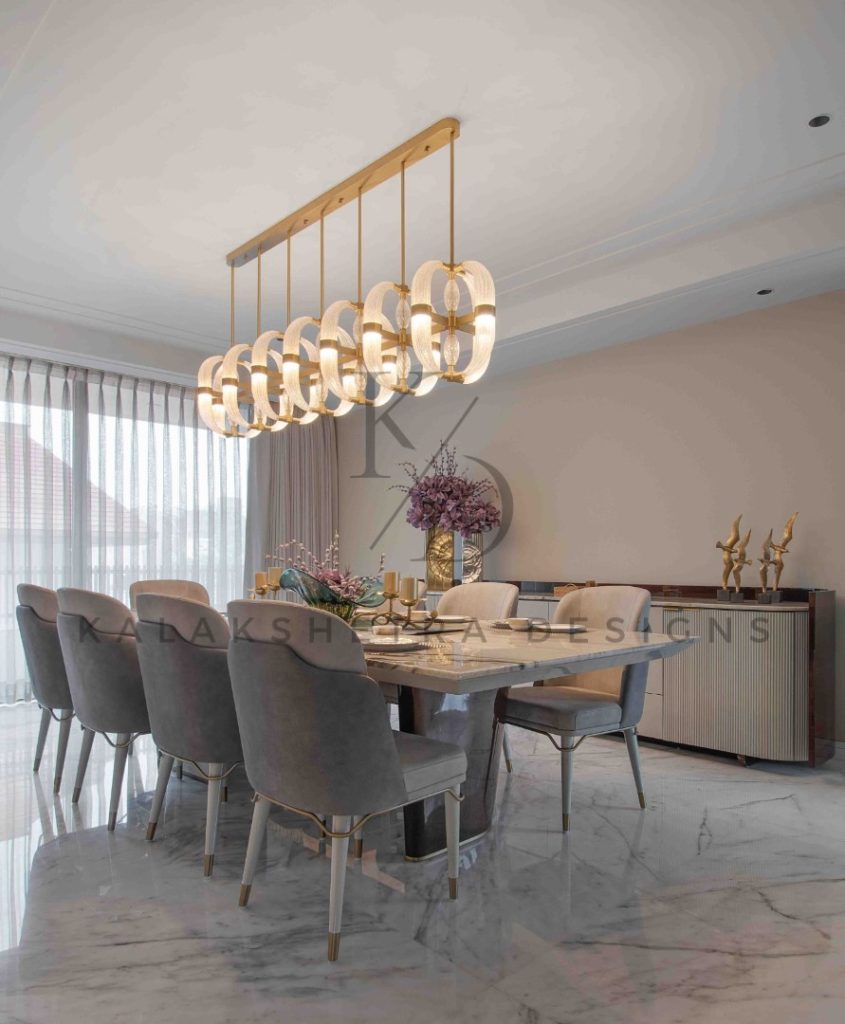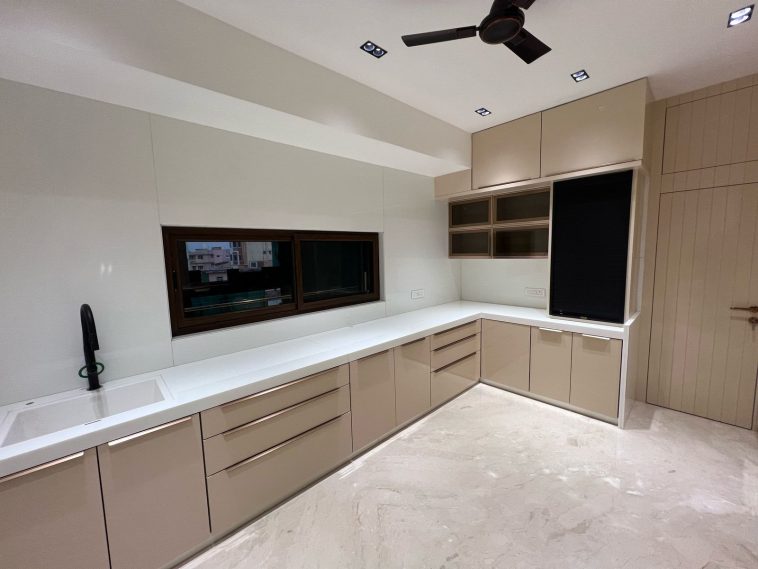The kitchen is more than just a space for cooking — it’s the heart of the home, a place for family gatherings, conversations, and creativity. Whether you’re planning a new kitchen or remodeling an old one, thoughtful design is key to balancing aesthetics and functionality.
Here are the 10 golden rules to guide you through creating a kitchen that looks great, works efficiently, and stands the test of time.
1. Plan the Kitchen Work Triangle
The work triangle connects the sink, stove, and refrigerator — the three most-used areas in the kitchen. For a functional layout:
- Keep the triangle compact but not cramped.
- Ensure each leg of the triangle is between 4 to 9 feet.
- Avoid placing obstacles like islands or cabinets within the triangle.
This layout rule enhances workflow and minimizes unnecessary movement.
2. Prioritize Storage, Then Style
Stylish kitchens are great, but not at the cost of storage. Ensure there’s a smart mix of:
- Overhead cabinets
- Under-counter drawers
- Tall pantry units
- Open shelves (used sparingly)
Use corner spaces effectively with carousel units or pull-outs. If possible, plan vertical storage right up to the ceiling for maximum utility.
3. Choose Materials That Balance Beauty and Durability
Your kitchen is exposed to moisture, heat, grease, and stains daily. Prioritize materials that can handle all that:
- Countertops: Quartz, granite, or high-grade laminates
- Cabinets: Marine plywood with laminate finish or acrylic
- Backsplashes: Tiles or glass for easy maintenance
Don’t just chase trends — choose materials that are built to last in the Indian climate and usage.
Also Read: Vastu for Toilets: Here’s Everything You Need to Know

4. Ensure Good Ventilation
Cooking produces heat, smoke, and strong odors. A well-ventilated kitchen is healthier and more pleasant.
- Install a good quality chimney or exhaust fan.
- If possible, design windows or openings that allow cross-ventilation.
- Consider a ducted chimney over a ductless one for better performance.
Ventilation isn’t just functional — it also helps protect your cabinets and paintwork from wear over time.
5. Get the Lighting Right
Lighting is often an afterthought, but it dramatically affects how your kitchen feels and functions.
- Ambient lighting: Use ceiling-mounted fixtures to light up the room.
- Task lighting: Add strip lights under cabinets for the countertop area.
- Accent lighting: Use pendant lights or decorative fixtures for style.
Layered lighting ensures there are no dark corners while also enhancing the kitchen’s appeal.
6. Go for Quality Over Quantity in Appliances
Don’t overload your kitchen with too many built-in appliances. Instead:
- Choose a high-quality chimney, hob, and oven.
- Invest in energy-efficient, space-saving models.
- Hide seldom-used appliances in appliance garages or dedicated cabinets.
Stick to essentials and make sure each appliance earns its space — both in terms of utility and aesthetics.
7. Mind the Countertop Height and Width
An ergonomic countertop height ensures comfort while cooking. Ideally:
- Countertop height should be around 36 inches (91–92 cm).
- Minimum depth should be 24 inches, with additional space for the backsplash.

Customize the counter height if needed — especially if you’re shorter or taller than average — to avoid back strain during long cooking hours.
8. Don’t Ignore Waste Management
Waste disposal is a crucial yet often ignored aspect of kitchen design.
- Allocate a pull-out waste bin section under the sink.
- Use separate bins for dry, wet, and recyclable waste.
- If space allows, consider integrating compost bins or disposal systems.
An organized waste system keeps your kitchen clean and contributes to sustainability.
Also Read: 6 Ways to Upgrade Your Flooring Without Removing Tiles
9. Opt for Easy-to-Clean Surfaces
The easier your kitchen is to clean, the more likely you are to enjoy spending time in it.
- Avoid glossy finishes on cabinets in greasy zones.
- Choose large tiles or seamless backsplash panels for fewer grout lines.
- Go for handles or finishes that don’t retain fingerprints or smudges.
Functional design includes easy maintenance — make cleanliness convenient.
10. Personalize the Space
Lastly, your kitchen should reflect you. Whether that’s through color schemes, quirky handles, handmade tiles, or artwork — add elements that make the space feel welcoming.
- Use plants, cookbooks, or soft lighting for warmth.
- Include a seating nook or breakfast counter if space allows.
- Don’t hesitate to break a rule or two — as long as the kitchen works for you, it’s perfect.
Final Thoughts
Designing a kitchen involves much more than picking tiles and colors — it’s about creating a space that supports your lifestyle, reflects your personality, and functions like a well-oiled machine. These 10 golden rules are the foundation for any smart kitchen layout, ensuring beauty, practicality, and harmony all in one.


